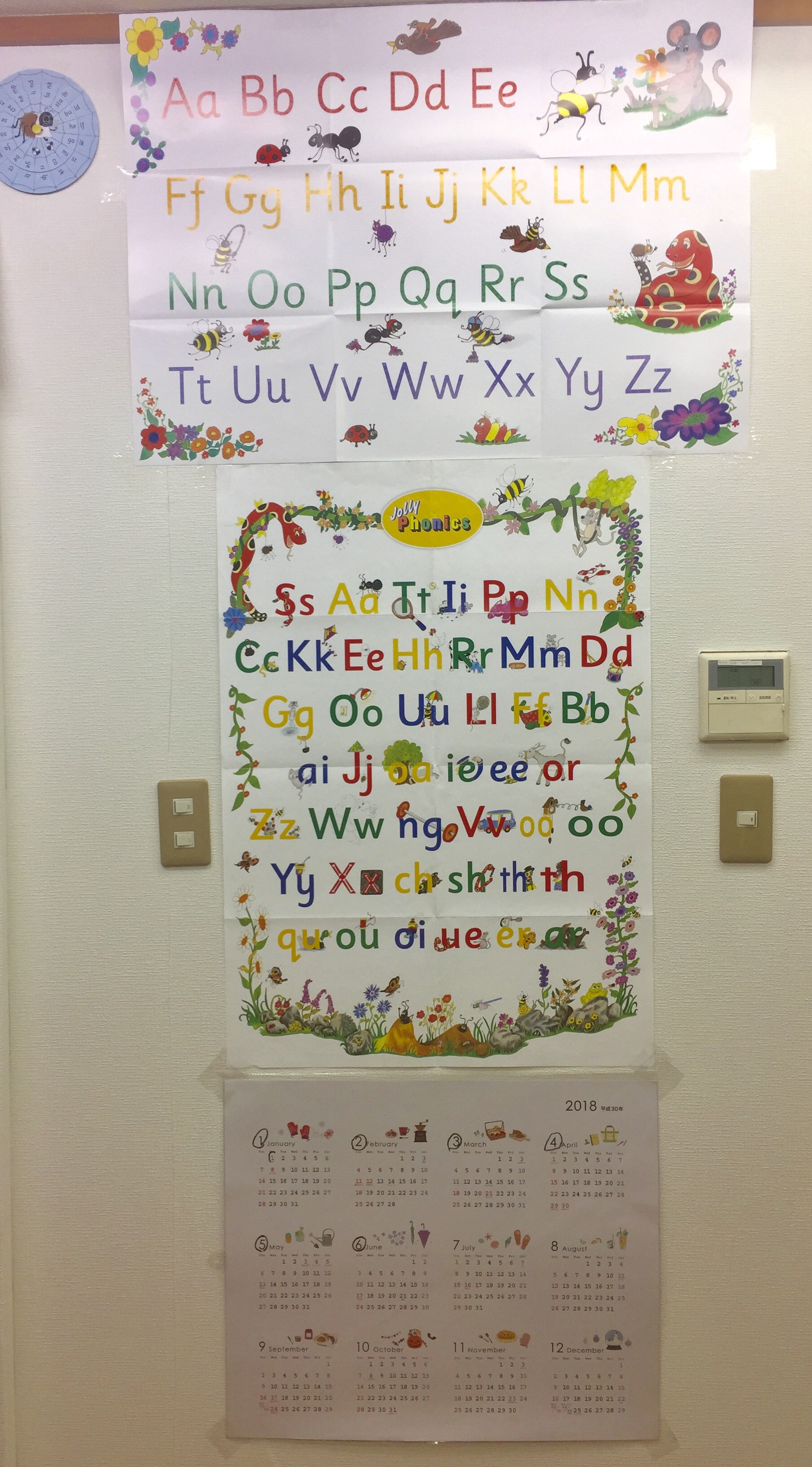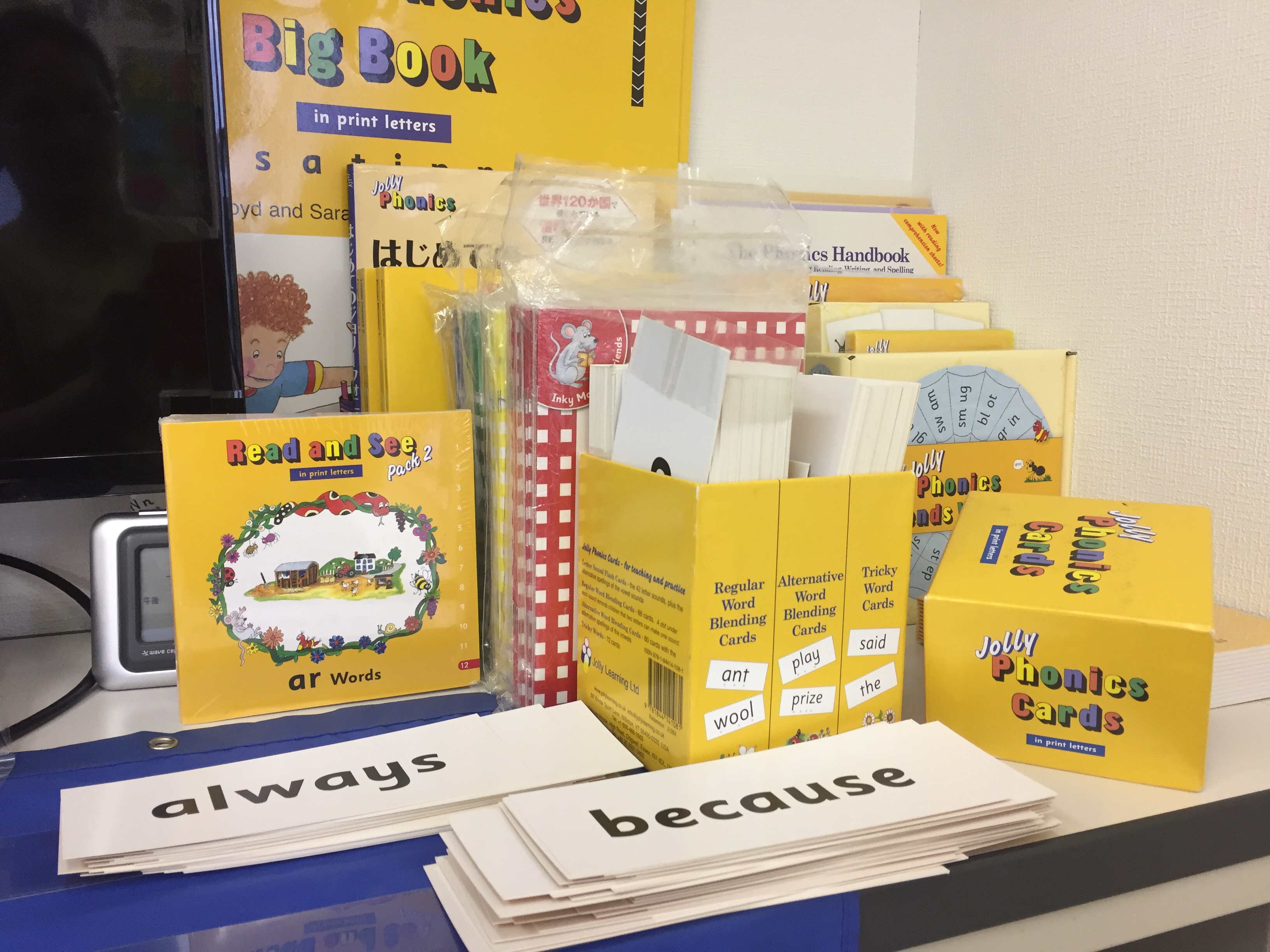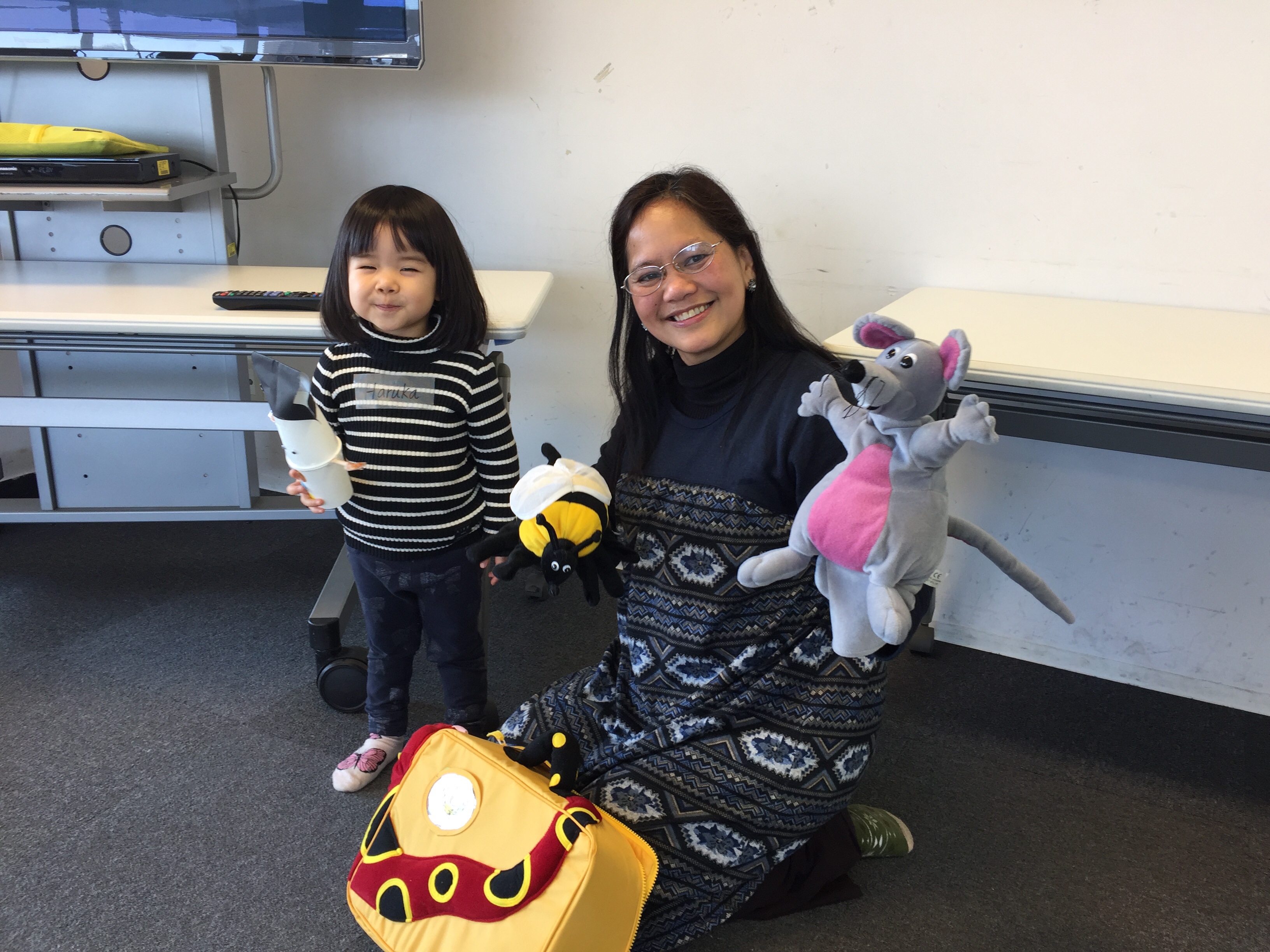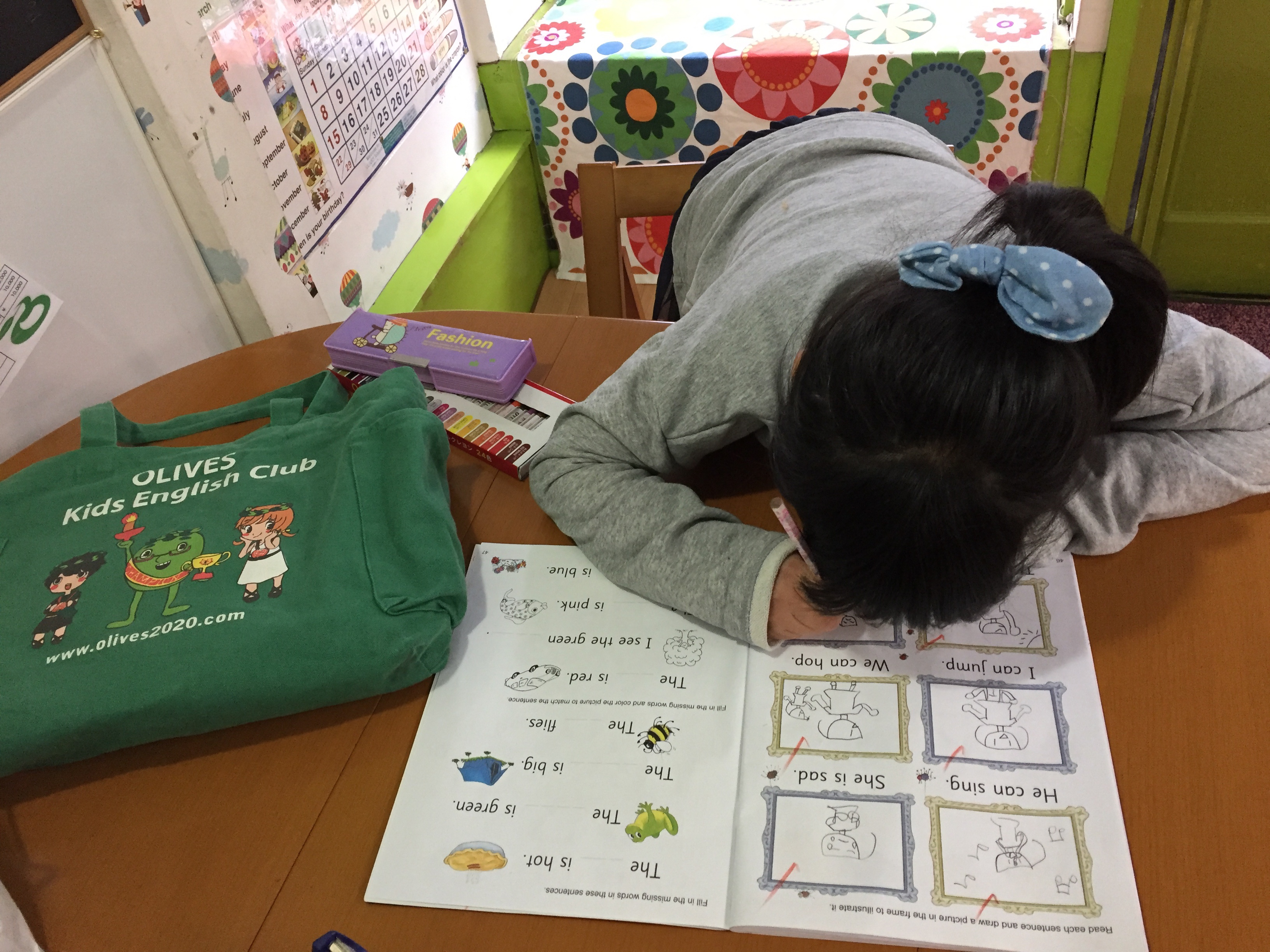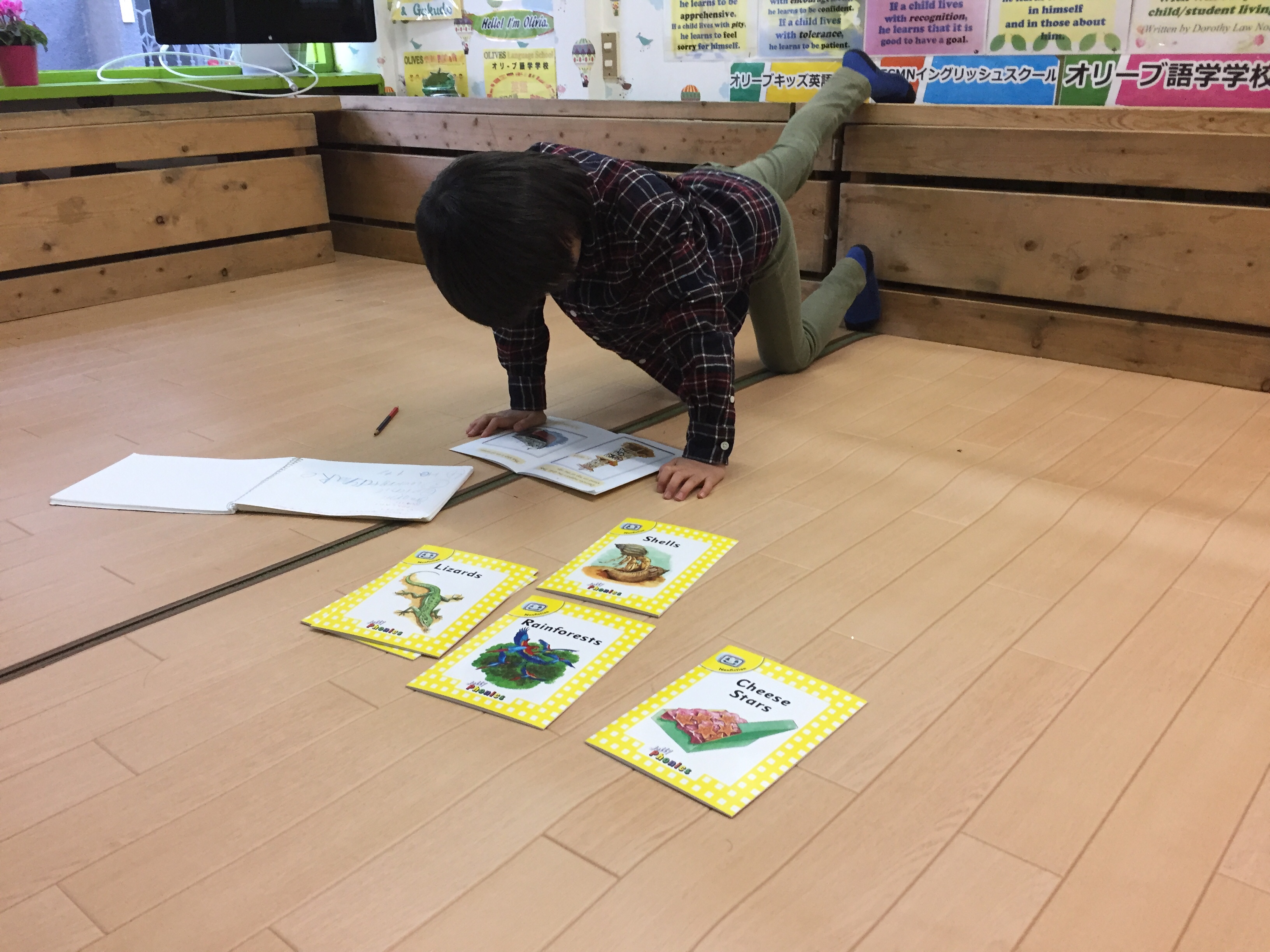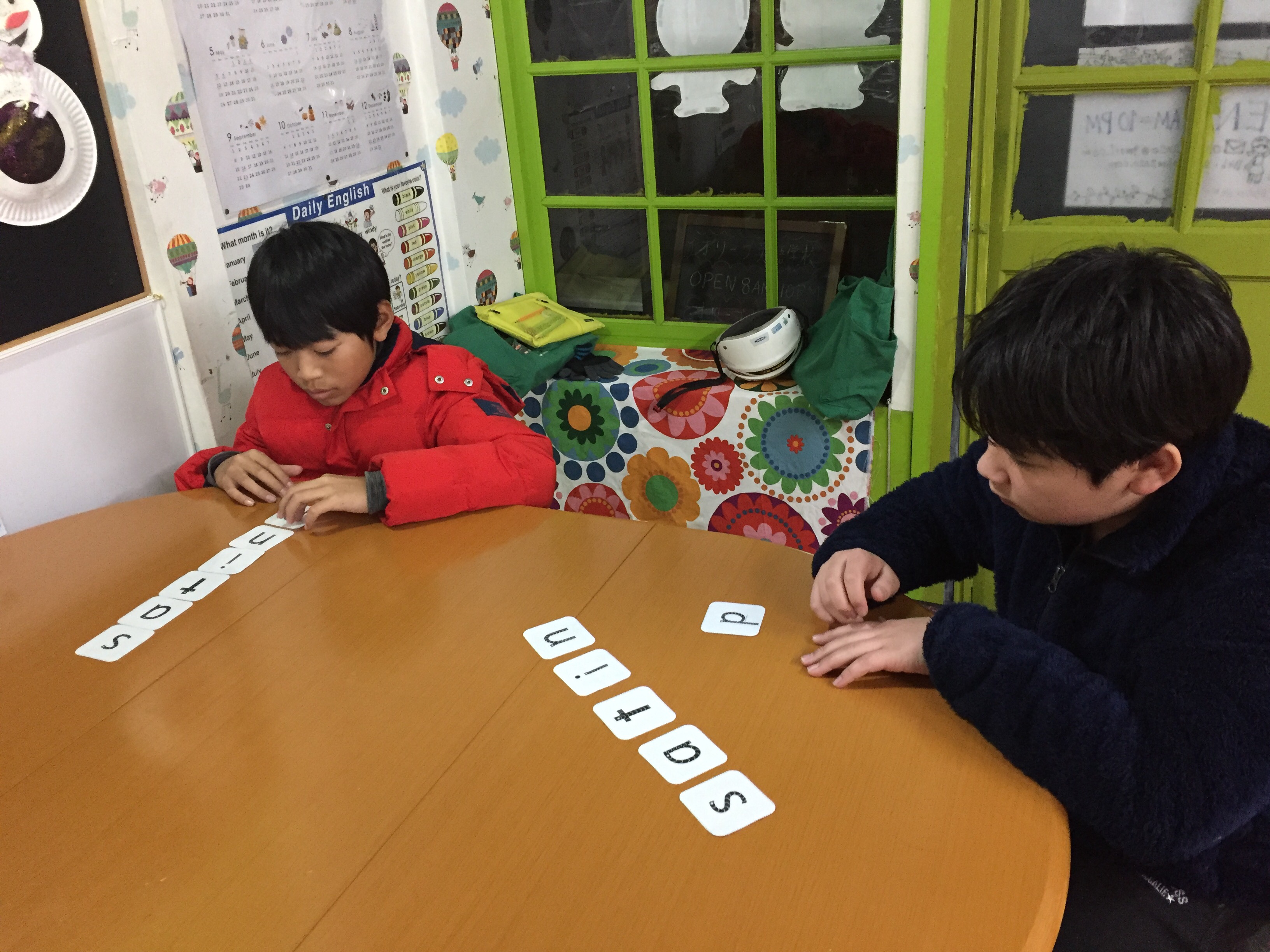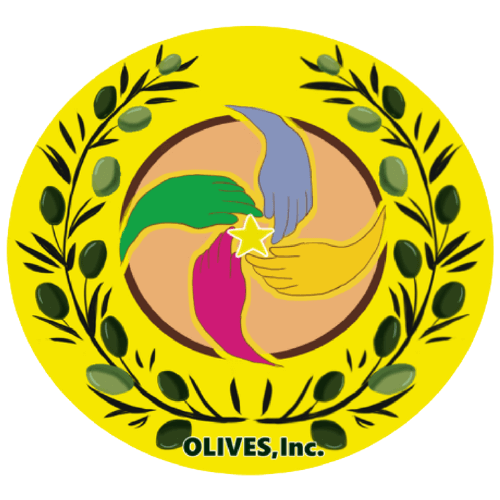JOLLY PHONICS: THE MOST EFFECTIVE WAY TO LEARN & TEACH ENGLISH!


Karen learned her first JP sound with matching craft out of origami!
Exactly a year ago that I enrolled at CPD (Continuing Professional Development) College to study Jolly Phonics. While studying the course online, I was applying right away the lessons learned at our schools under Olives, Inc. My first student is a 3-year old girl named Karen. It was like an experiment if this new concept of learning and teaching English will work well with non-native speakers especially pre-schoolers.

As I had serious & lengthy discussions with my former adult students at YMCA who were schoolteachers, a librarian and a high school principal who oppose teaching a new language to kids until junior high school, I was mindful of the local’s “mother tongue” acquisition that I infuse Japanese culture and learning materials like origami artwork to teaching English the Jolly Phonics way. So many things to consider adopting this new curriculum especially that I got used to Oxford books, MPI, and other popular textbooks in my 26+ years of teaching here in Japan. I created my original curriculum at Olives Schools and many parents and students are happy with it….So why do I have to change it?
As the days went by from January last year, I went deeper into learning Jolly Phonics that I joined a personal training & workshop under Yamatalk English with a British certified trainer of Jolly Phonics in Japan. In March, I attended another seminar with certified Japanese trainers. It was inspiring that I wish I can be the first Filipino Jolly Phonics Certified Trainer in Japan. I was told to use the concept and materials for about 2 years before I will be considered to be a certified Jolly Phonics trainer.

In April 2018, the start of the academic year in Japan, I launched Jolly Phonics as the official curriculum of all Olives Schools and Little Panda at Tachikawa City Children Future Center. It took time to explain to the parents of our students and a lot of materials were bought so students can grasp well the new curriculum. From babies to adults, everybody’s learning English through Jolly Phonics system and resources.

Quoting the official statement of Jolly Learning, “Jolly Phonics is a comprehensive programme, based on the proven, fun and multi-sensory synthetic phonics method that gets children reading and writing from an early age. This means that we teach letter sounds as opposed to the alphabet. These 42 letter sounds are phonic building blocks that children, with the right tools, use to decode the English language. When reading a word, they recognise the letters and blend together the respective sounds; when writing a word they identify the sounds and write down the corresponding letters.” Check their website here: https://www.jollylearning.co.uk/jolly-phonics/
Indeed, it is a thorough foundation for English listening, speaking, writing, reading, and building vocabulary. There are 5 Basic Skills for Reading and Writing: (1) Learning the Letter Sounds, (2) Learning Letter Formation, (3) Blending, (4) Identifying Sounds in Words, and (5) Spelling the Tricky Words. In our Olives Language School website, we used our 5 mascots to represent each of the skills in Jolly Phonics.
Today marks the first year of Karen learning English through Jolly Phonics! On her first day of learning the first 6 letter sounds, she can read blended words right away! In 7 weeks, she can sing with the corresponding actions the 42 sounds. She can read many words now. This morning, she finished a Jolly Phonics book with complete writing letters.

Back in June, Karen’s mom gave me a surprise call that she will not write yet because preschoolers in Japan are not taught Writing until they start elementary school. I was really shocked because I had been teaching Writing to our preschoolers at Olives Kids English Club and the kids enjoy it. Jolly Phonics’ unique style is writing right away the learned letter sound. I was faced with a dilemma where one of the learning chains is broken and I don’t have a support group to inquire about how to handle this situation. The moms I talked to agreed that I should not teach Writing to toddlers yet and respect Karen’s mom’s comment.


Only a few weeks ago that Karen personally suggested to write English words. In a way, her learning English was slowed down and delayed the completion of her 1-year curriculum. What a joy to see her complete her book today where she wrote many letter sounds, formed & read words, watched related Jolly Phonics video, sang Jolly Phonics songs and match words with pictures — all in 1-hour lesson! Check her uploaded video. In lieu of her crafts, we invited our neighbor kids to play with her and she can show her Jolly Phonics learning skills.

Karen reads so fast new words today!
The other day, the mom of our new 3-year old kid wrote to me that her friend and child will observe our lesson next week. She has been so impressed by our Jolly Phonics curriculum that she would like to introduce it to Tachikawa International High School especially to her fellow English teachers. She did not tell me that she also teaches English and it’s at the high school level. I was informed that her school is under the Tokyo Metropolitan Government and has a higher standard compared to other public schools so students must pass a qualifying exam to get in. She even asked me if the Board of Education knows my curriculum or if I knew anyone so I can introduce it. She is taking photos or videos while I’m teaching Jolly Phonics to her son.
I’ll be writing more about Jolly Phonics, especially how we effectively use this curriculum at Olives schools, Home Tutorials, and Little Panda. Join me on this journey as I aim to be a certified Jolly Phonics Trainer in Japan and beyond.
Mom & her Grade 2 son learning Jolly Phonics together!

